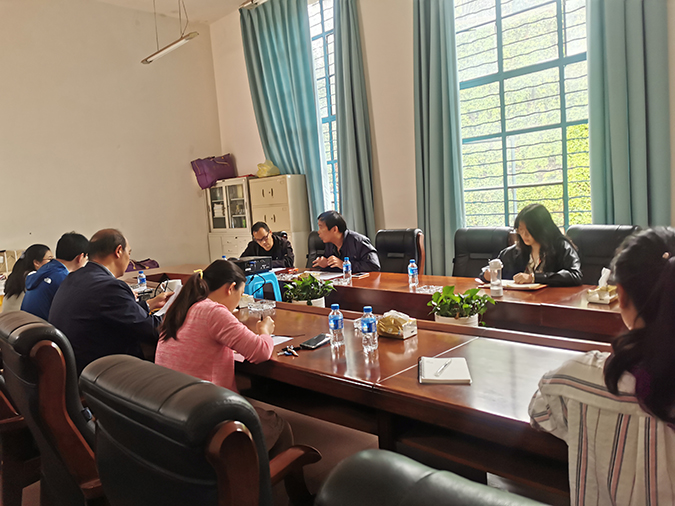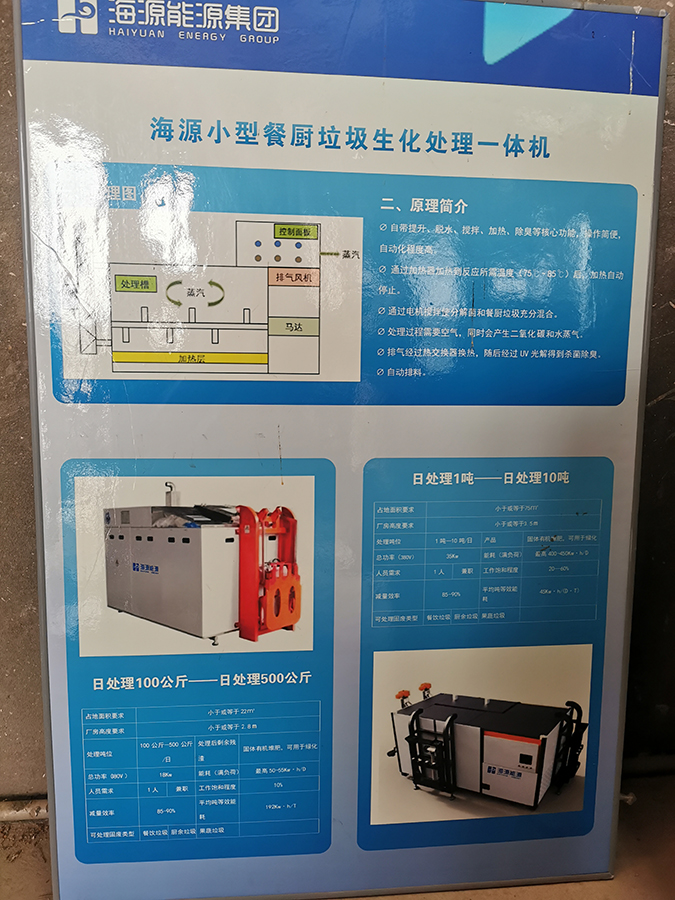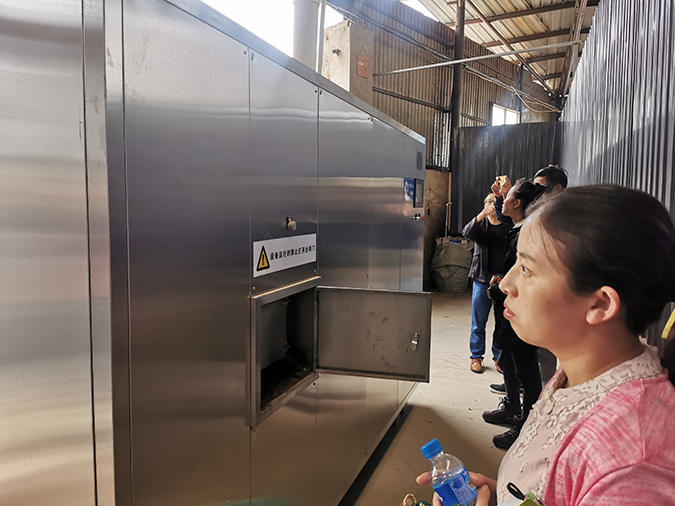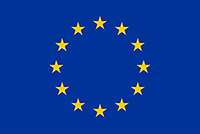Home \ Project News \ Seminar on Basic Data Collection of Carbon Emission in Southwest Forestry University
Author: GAIA project team
On July 20, 2020, promoted by Humana People to People Yunnan Representative Office, especially by its Chief Representative Michael Hermann, the seminar on basic data collection of carbon emission in Southwest Forestry University (SWFU) was held. Taking SWFU as the forerunner, the basic data collection of carbon emission in universities officially started.
Zhu Hongjun, Party Secretary and general manager of logistics group of SWFU, Jian Feng, Deputy General Manager of logistics group of SWFU, Chen Yuanshu, coordinating representative of the low carbon schools project, Wang Xiaoli and Gu Jianlong, Directors of Clean Development Mechanism Centre (CDMC), and the team of HPP low carbon schools project attended the seminar. The seminar discussed and studied the contents and submission forms of current carbon emission data collection, as well as energy conservation and emission reduction work carried out in SWFU.

Wang Xiaoli, Director of CDMC, indicated that schools were required to provide some basic data on energy, water and electricity consumption. They got to know the overall situation of the school carbon emissions by collecting specific data, and then practical and effective measures will be taken according to the analyzed data, achieving the goal of energy conservation and emission reduction. At the end of the low-carbon project, the data were used to prove the reduction of carbon emissions after the school carried out the low-carbon project.
During the 12th Five-Year Plan period, the education department has put forward requirements on energy conservation and emission reduction in schools to respond to the development of low-carbon economy. At the meeting, Gu Jianlong also shared "carbon emission calculation" and "energy substitution". For six main greenhouse gas emissions, CO₂ is the essential component. The main ways to reduce the emission of carbon dioxide include direct and indirect emissions. The indirect emission is mainly in the form of electricity consumption, and the direct emission is in the form of direct energy combustion. CO₂ emissions can be calculated by energy consumption, so reduction in carbon emissions can be calculated by reduced energy consumption. Renewable energy can be used to reduce emissions from the perspective of energy substitution. For example, solar photovoltaic power generation and energy-saving lamps can be used at dormitories and teaching buildings in schools.

Liu Xi, HPP’a project manager, introduced how to better implement the pilot project of low carbon schools from a hardware and software perspective. CDMC will provide a comprehensive evaluation and inspection program for the schools in terms of hardware. Meanwhile, in terms of software, Humana People to People will improve low-carbon awareness of teachers and students through training and publicity, and developed an App to collect basic data of individual carbon footprint so as to establish the database and conduct quantitative analysis. During the project cycle, our social survey regularly will evaluate teachers and students to find out if their consumer behavior and low-carbon awareness have been improved after publicity and training.
In addition, at the meeting, we also shared and studied the Proposal for Southwest Forestry University's Energy Conservation and Emission Reduction provided by China Southern Grid aiming at the existing energy consumption problem of SWFU, and Guideline of implementation for contracted water- saving projects of colleges and universities and the Evaluation Standard for Energy-saving Universities issued by the government.
After the meeting, under the leadership of the logistics group of SWFU, we went to visit the present kitchen waste disposal machine in the school. Through the introduction, we understood that the current machine can process 500-1000 kg of food waste each time. It takes about 5 hours for the machine to dehydrate, stir, heat, and deodorize food waste, producing a certain amount of organic fertilizer for greening but with higher power consumption.


After the seminar, the project will start to collect the basic data of carbon emissions in SWFU, further expanding the project to more schools.
Project introduction:
Co-funded by the European Union and the People to People Foundation (Spanish member of HPP), the Yunnan Low-carbon Schools Pilot Project is implemented in cooperation with the International Humana People to People Movement (Switzerland) Yunnan Representative Office, Yunnan Academy for Science and Technical Information, Southwest Forestry University and Chinese Youth Climate Action Network, with a project cycle from January 1, 2020 to December 31, 2023. The project begins by increasing partners’ awareness and advocacy on climate change mitigation and environmental protection, by raising climate change awareness among 600 schools, 70,000 students and teachers, determine the emission benchmark through basic calculation, and then implement emission reduction work. Use science, technology, innovation and other means to respond to “climate action” to accelerate environmental sustainability and promote the transition from green campuses to low-carbon and carbon-neutral campuses.


This project is supported by the European Union and the People to People Foundation (Spanish member of HPP).
The article only represents the author’s personal views, and is not related to the funder.